建筑渲染
Architectural rendering is a form of artistic expression that portrays the appearance and spatial layout of architecture. It involves converting architectural designs into visual images that accurately reflect the design intent and help communicate the vision to stakeholders, including clients, designers, and the general public.
Architectural renderings can be created using traditional drawing techniques or digital software. They can range from simple sketches to highly detailed and realistic visualizations. The purpose of architectural rendering is to communicate the design concept, showcase design features, and provide a visual reference for construction.
Some common examples of architectural rendering include:
1. Concept sketches: These are preliminary drawings that illustrate the initial ideas and concepts for a project. They are often used to capture the essence of the design and communicate it to clients or decision makers.
2. Perspective drawings: These show the building from a particular viewpoint, providing a three-dimensional view of the design. They are often used to illustrate the final appearance of the building and its relationship with its surroundings.
3. Floor plans and elevation drawings: These are more detailed drawings that illustrate the layout and design of interior spaces and exterior facades. They provide information about room sizes, door and window placements, and other architectural details.
4. 3D visualizations: These are computer-generated images that create a highly realistic representation of the design. They are often used for marketing purposes or to provide a virtual walk-through of the space before construction begins.
Overall, architectural rendering is an important part of the design process as it helps communicate ideas, visualize designs, and facilitate decision-making throughout the project lifecycle.



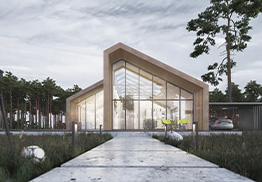
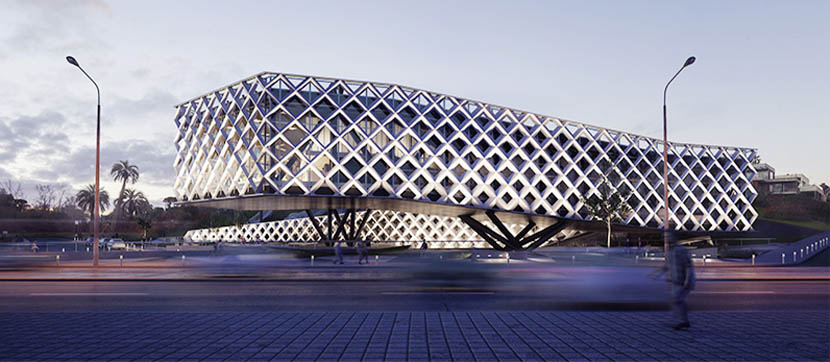




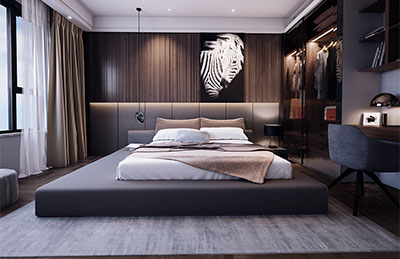
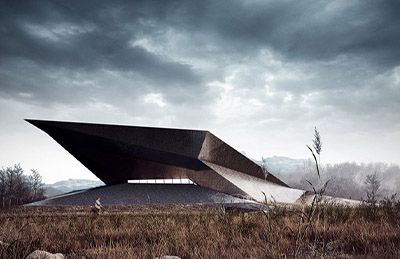

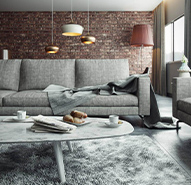









 黄石3d效果图培训
确实没错!在室内设计和建筑行业中...
黄石3d效果图培训
确实没错!在室内设计和建筑行业中...
 香港岛室内设计效果图培训班
在建筑装饰行业摸爬滚打多年,可以...
香港岛室内设计效果图培训班
在建筑装饰行业摸爬滚打多年,可以...
 玉林室内效果图提升班
毕业后参加火星时代学员专属招聘会...
玉林室内效果图提升班
毕业后参加火星时代学员专属招聘会...
 林芝3d效果图培训班
第1周:建模与渲染基础课程,涵盖...
林芝3d效果图培训班
第1周:建模与渲染基础课程,涵盖...